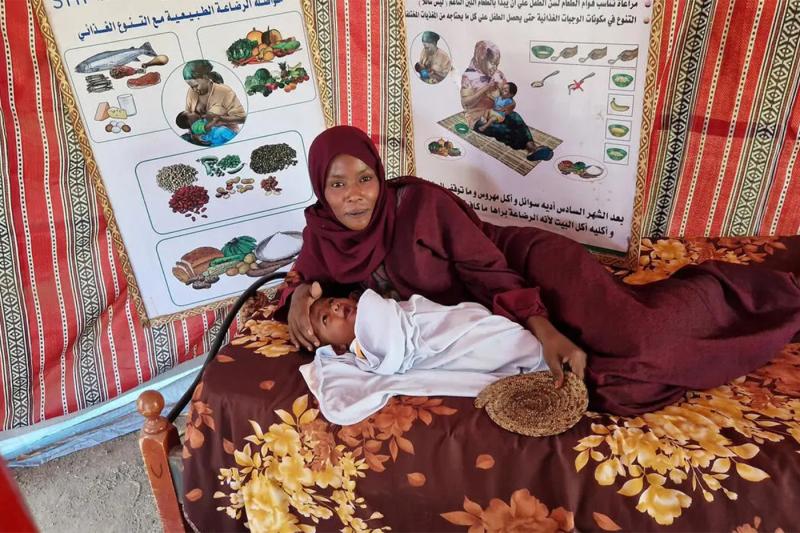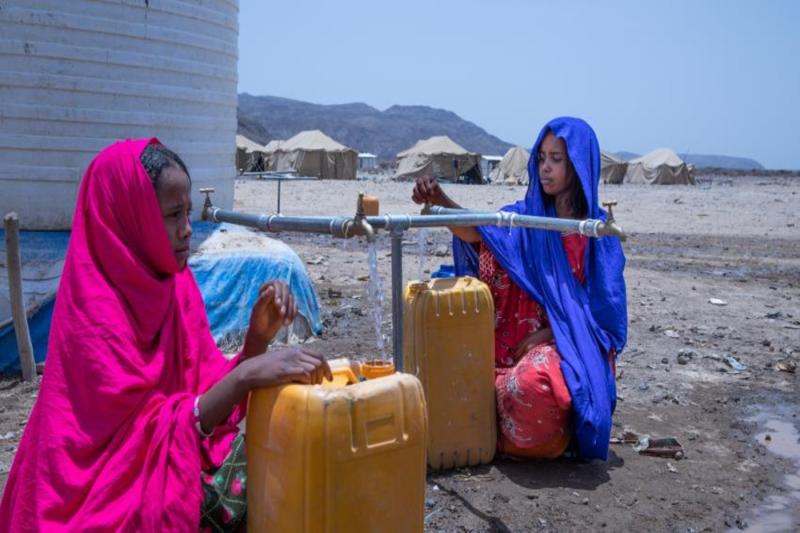CERF: 10 years of saving lives together
Ten years ago, the UN General Assembly created the Central Emergency Response Fund (CERF), a breakthrough to provide fast and predictable funding for early action at times of global crisis. Over the past decade, the Fund has proven itself integral to the success of the UN’s humanitarian response.
Established as a fund “by all, for all”, CERF embodies the spirit of global solidarity. Guided by the principles of neutrality and impartiality, CERF addresses crises where needs are most urgent, and it aims to save lives and protect the millions of children, women and men trapped in emergencies every day.
In Chad, refugees receive CERF support
Ten-year-old Assia remembers the last night she spent in her home town of Carnot, north-west of the Central African Republic (CAR) capital, Bangui. Forces involved in the country’s civil war were moving in.
“All the children were crying and the grandmothers were praying when the militia came that night,” she says. “We didn’t have time to get anything. We left everything behind.”
Assia’s family was originally from neighbouring Chad. Now they crossed back into that country, seeking refuge, and reached a transit centre in Gore for returnees from CAR.
Assia’s grandmother says: “When we first arrived here, the environment was not good. After two days, we managed to cut down some trees, clean a bit and build houses. Then we received covering for our houses.”
CERF’s rapid response funds helped to signal to the international community that this underfunded emergency needed support. UNICEF used the money to provide health care, nutrition and child-protection programmes, among other services. It installed thousands of water points and latrines around the transit centre, conducted more than 10,000 medical consultations and vaccinated hundreds of thousands of children.
“It’s much better now,” says Assia’s grandmother.
But Assia remains concerned about another attack. She still thinks of home but is reluctant to return. “What I miss more is my big sister. She didn’t come here. It has been a long time since I have seen her. I miss her the most,” she says.
“If the war stops, I would go back to visit, but I would not stay there because I am afraid. I am afraid if I am there, another war will start and I will be stuck there.”
CERF funds supporting Syrian refugees in Lebanon
“I came here to Lebanon with my children,” says Kawthar Al-Mograbhi, a mother from Syria living with her family in an informal tent settlement for displaced people. “Every day the children cry and ask me when we will go home. I tell them there is no home anymore. Every day I cry a thousand tears.”
CERF enabled support for Syrian refugees in Lebanon, such as Kawthar and her children, by funding child-protection services, clothing distributions and life-saving vaccination campaigns in response to disease outbreaks. CERF also funded health activities, water supply and repairs in informal settlements and food security for children under age 5.
When cold weather set in at their camp, Kawthar’s family received gloves, hats and jackets provided with backing from the Fund. “They [the children] were warm and very happy,” says Kawthar.
“I have endured a lot of hardship,” she added. “The days are difficult here. But they are becoming more hopeful.”
As of late 2015, more than 13.5 million people needed humanitarian assistance and protection inside Syria. Some 6.5 million more remained inside Syria’s borders after being displaced from their homes, and over 4.2 million more had fled to other countries in the region.


